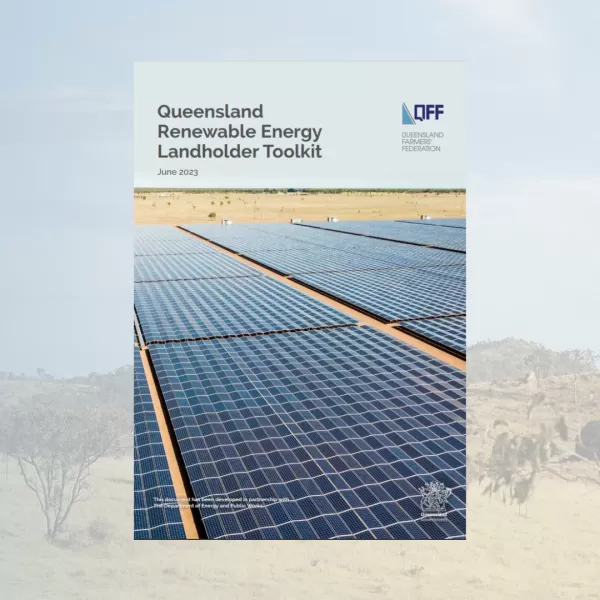Pork
The pork industry in Queensland

Pork farms use energy on site primarily for heating, ventilation, lighting, water and feed supply and effluent management. The Queensland pork industry is valued at $273 million and includes approximately 280 commercial pig herds.
The state peak body for pig farmers in Queensland is Pork Queensland.
Top energy efficiencies for the pork industry.
Pumping and irrigation - Savings from Variable Speed Drive installation, pump replacements and maintenance. Changes to irrigation design and automation.
Heating Ventilation and Cooling (HVAC) - Condensor motor, VSD, ventilation fans and heating upgrades.
Lighting and general - Replacement and retrofitting of lights with LEDs, infrastructure and general changes.
Solar and batteries - Grid Connected and standalone.
Gas - Hot water, insulation and general heating.
Solar systems - Ranging in size from 5-100kW.
Explore pork case studies

Darling Downs
Darling Downs Piggery
The audit found extensive energy efficiency opportunities available through low-cost measures, as well as some more significant upgrades.
The site houses over 9,000 pigs over the full life cycle and operates all year long.
Energy Savings 48% Cost Savings $57,460

Queensland
Queensland Piggery Farms
Energy Savings 106% Cost Savings $86,464
Explore pork related resources

Featured
Queensland Renewable Energy Landholder Toolkit
The Queensland Renewable Energy Landholder Toolkit to assist and inform landholders as they respond to and negotiate with energy industry representatives about accessing land and developing renewable energy projects.

Featured
Electricity Price Changes in Regional Queensland 2024-25 Fact Sheet
By July each year, the Queensland Competition Authority (QCA) sets the electricity prices that are passed onto residential and business addresses in regional Queensland. It is important for farmers to be aware of their energy usage and the tariff.

Financing your energy projects
Once you’ve identified energy savings or renewable energy opportunities for your farm, the next challenge is to find the funds or finance to make it happen.
There are a number of options to either reduce up-front costs or reduce the borrowing costs for the project. These can include new efficient pumps, motors, compressors, vehicles, lights, renewable energy systems and many other products.